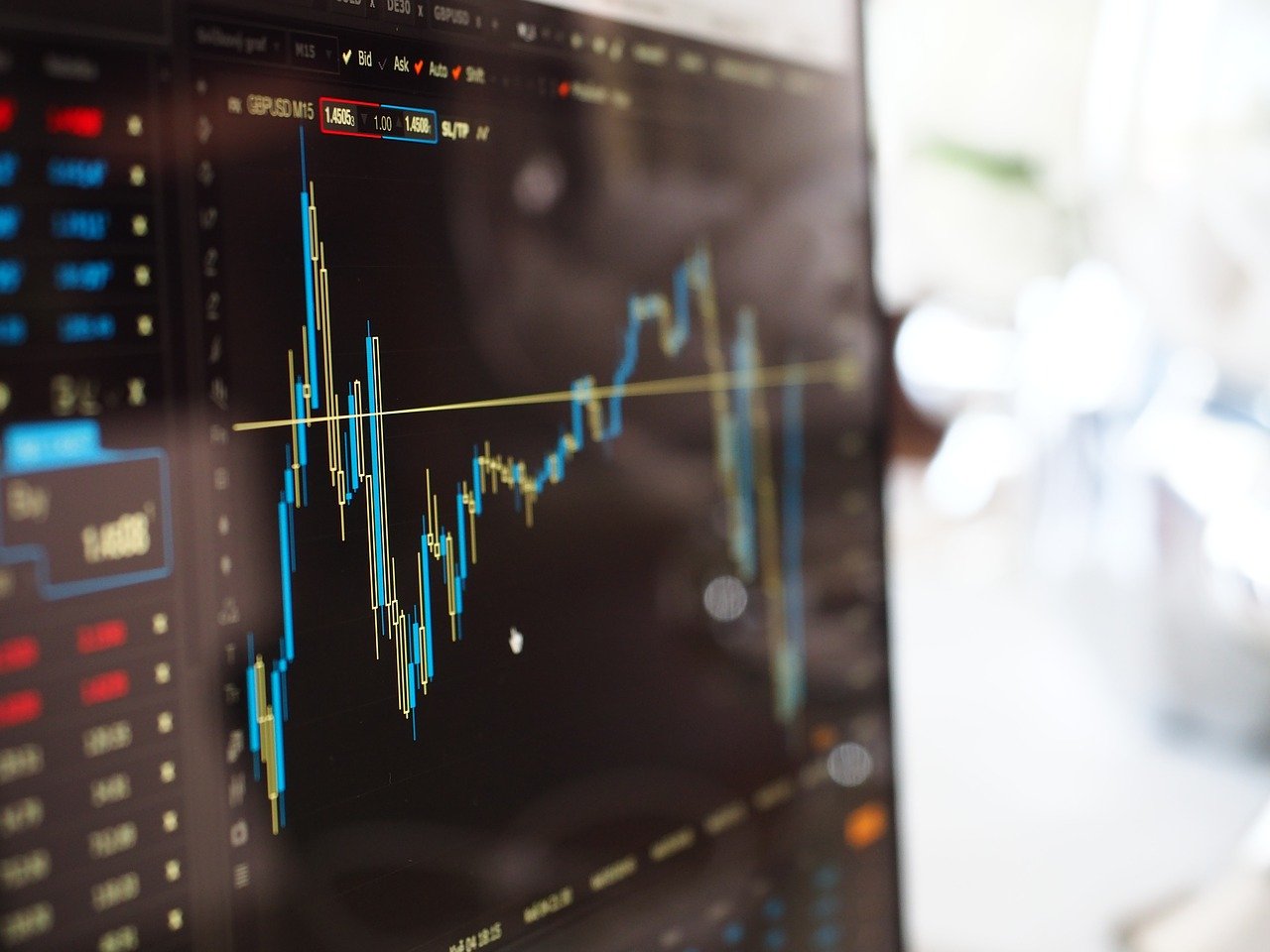Robert Shiller’s Nobel-prize-winning research pointed us to a “revolutionary” (Shiller’s word) advance in our understanding of how stock investing works. In pre-Shiller days, the belief was that investors acted rationally in pursuit of their self-interest. Thus, prices adjusted each day to their proper level. The thought was that it was economic developments that cause prices to go up or down. Shiller showed that at times investors do not act rationally at all. They can create trillions of dollars of temporary irrational-exuberance gains that always disappear into thin air in the long run.
Q2 2021 hedge fund letters, conferences and more
Insanely Dangerous Levels Of Stock Prices
The implications of Shiller’s research findings are far-reaching. They show that, if large numbers of investors fail to engage in market timing, stock prices will eventually reach the insanely dangerous levels where they reside today and trillions of dollars of consumer buying power will be lost in a price crash. The loss of trillions in spending power will of course bring on an economic contraction, which bankrupts hundreds of thousands of businesses and causes millions of workers to lose their jobs. We all would be better off if we never created the irrational-exuberance gains in the first place and were satisfied with the 6.5 percent real annual return that is justified by economic productivity gains.
The message obviously has not connected with more than a small percentage of the investing population. Today’s CAPE value is worse than the one that brought on the Great Depression. What gives? Given how much more rewarding and how much less risky stock investing would be if we all took Shiller’s Nobel-prize-winning research to heart, why don't we do that.
One big reason is that each day’s stock market action reaffirms a belief in Buy-and-Hold.
Stock prices go up and down throughout the day and the overall gain or loss for the day is widely reported. No distinction is made between the gains that were caused by economic developments (some obviously are) and the gains that are the product of a shift in investor emotions. So even those investors who believe that there is some merit to Shiller’s claims are led to believe that it is the Buy-and-Hold Model for understanding how the market works that better explains what is going on. News reports indicate that efforts to get inflation under control caused prices to increase by 2 percent and no alternative explanations are advanced. So that must be the reasonable assessment of the day’s action, no?
The Fair-Value CAPE Value
I don’t believe that that is the reasonable assessment. If the CAPE value was above 17 when the day began and rose even higher by the end of the day, I would say that all of that day’s gains were the product of irrational exuberance, If investors were behaving rationally, they wouldn’t be too impressed by the efforts to get inflation under control. They would be worried about the trillions of dollars of phony gains that were present in the market when the day began and would be making choices throughout the day to pull the CAPE value closer to 17. The fact that they instead pushed the CAPE value even higher would be viewed as a negative, not a positive.
Now here’s the tricky part --
Say that all investors agreed with me that the best thing for investors is that the CAPE value always reside as closer to 17 (the fair-value CAPE value) as possible. Would they then act to pull prices down when they rose far above that value?
Yes and no.
They certainly would want to pull prices down when they got too high. But the full truth is that prices would never get too high in a world in which the significance of Shiller’s research findings was wisely appreciated. High stock prices are the product of irrational exuberance, remember. Investors who appreciate Shiller’s research are rational. The problem that Shiller’s research aims to cure does not exist in a world in which the point made by the research is widely appreciated.
The Buy-and-Hold Mindset
The converse is also true, of course. In a world in which Shiller’s research findings are not widely appreciated, investors are not alarmed by the creation of a huge amount of irrational exuberance. Higher stock prices mean larger portfolios and larger portfolios mean more spending power. Where’s the downside? For a mindset that makes no distinction between real and imaginary gains, imaginary gains are pretty darn exciting. They signify an economy that is firing on all cylinders, making us all wealthier than we would be if we limited ourselves to the growth that would only produce annual stock gains of 7 percent real.
In the minds of Buy-and-Holders, each day’s market action affirms their belief in their model for understanding how the market works. That’s not true when prices crash. Price crashes are inexplicable to the Buy-and-Hold mindset. Small price drops can of course be explained by making reference to negative economic developments. Such developments are to be expected from time to time and do not cause alarm. But full-out crashes make no logical sense. In the 2008 crash, trillions of dollars of wealth disappeared from the world in a matter of days. Buy-and-Holders offer economic justifications even for price crashes. But those explanations are not fully satisfactory, even to other Buy-and-Holders. The very word “crash” suggests something out of control and beyond rational explanation.
One reason why bull markets can remain in place for a long time is that the investors who contribute to them are regularly reassured that their thinking about how stock investing works is reaffirmed on a daily basis. It is only price crashes that cause concerns about the effects of overvaluation and those are of course rare events.
Rob’s bio is here.






